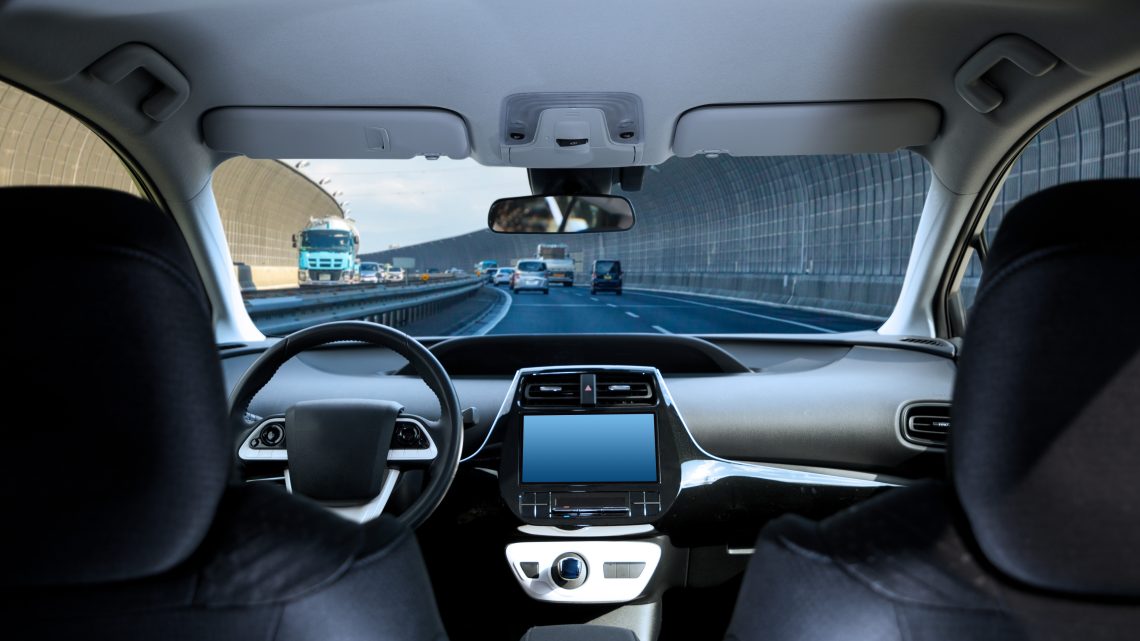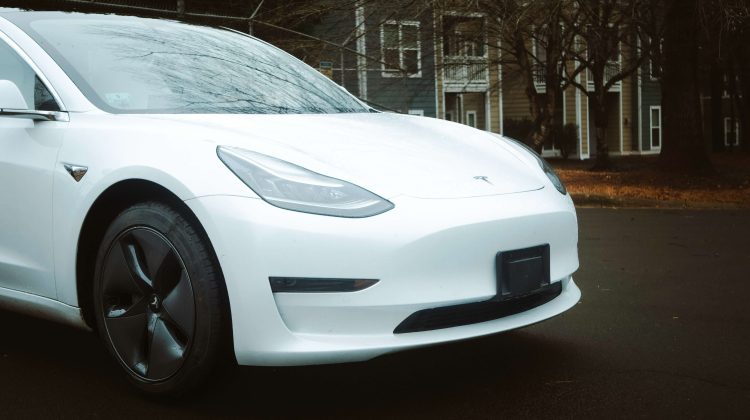Improvements in driver assistance technology have become increasingly robust at preventing collisions and more widely available to consumers. These safety advancements increase drivers’ abilities to keep themselves, their passengers, other motorists, and pedestrians safer while on the road. Driver assistance technology works by minimizing human error, the number one cause of car accidents. With 2020 proving to be the deadliest year for motorists since 2007, safety tech should be an important factor when considering your next vehicle purchase. Although many vehicle manufacturers call their systems by different names, there are three main categories:
- Collision warning
- Collision intervention
- Highway driving assistance
Collision Warning
Collision warning systems are a type of driver assistance technology that alerts the driver of an impending accident or danger. They do not intervene to prevent a crash, but simply display an alert or play a warning sound when danger is detected.
Forward Collision Warning
Forward collision warning systems are one of the most common driver assistance available. This technology tracks vehicle speed, the speed of the vehicle in front of it, and monitors the relative distance between the vehicles. When the system detects that the forward vehicle is too close and a crash is imminent, a warning is given to the driver. The driver must apply the brakes manually or execute an evasive action.
Lane Departure Warning
Onboard sensors detect when the vehicle veers out of its lane. A warning is sounded or displayed so the driver can correct the vehicle to avoid veering off the roadway, a sideswipe, or head-on collision with the opposing lane.
Rear Cross Traffic Warning
These systems alert drivers of rear-end collisions while the vehicle is in reverse. It is commonly used in conjunction with a reverse camera to warn the driver of potential collisions that are out of the camera’s field of view.
Blind Spot Warning
Drivers are alerted if there is a vehicle in the next lane that is within their blind spot.
Collision Intervention
Unlike collision warning systems, collision intervention technology will intervene with the vehicle’s braking or steering system to prevent a crash.
Autonomous Emergency Braking
Often referred to as “AEB,” autonomous emergency braking is seen as one of the biggest leaps in vehicle safety in decades. IIHS research has shown that AEB systems have cut rear-end crashes in half. It’s more effective than a forward collision warning because the system doesn’t rely on the driver’s reaction to take a preventative action. Even when AEB systems can’t prevent a crash, they typically reduce the severity of whiplash and spinal cord injuries that are commonly associated with rear-end collisions.
Older versions of AEB only functioned at lower speeds, but newer vehicles use AEB that are effective at highway speeds. Some systems also offer AEB for pedestrians, which will intervene when a collision with a person is detected.
Rear AEB
Similar to forward AEB, this system identifies potential collisions behind the vehicle while in reverse and applies the brakes to prevent an accident.
Blind Spot Intervention
Used in conjunction with a blind spot warning, blind spot intervention will automatically brake or steer the vehicle back into the original lane to prevent a crash with a vehicle in the driver’s blind spot.
Highway Driving Assistance
Driving control assistance technologies are less about crash mitigation and more about automating, improving, or adapting driving tasks. They are designed to reduce the possibility of human error, a major cause of car accidents.
Lane Keeping Assistance
If the car detects a drift out of the lane, lane keeping assist will provide steering input or brakes to keep the car inside. Unlike lane centering assist, lane keep will only provide input if the car is drifting out of lane.
Adaptive Cruise Control
This technology works like traditional cruise control, but modulates speed by keeping a set distance between it and the car in front of it. If there is no car in front, the vehicle’s speed will maintain the set mph.
Lane Centering Assistance
The vehicle will maintain a center lane position by continuously providing steering inputs.
Your Next Car
Evidently, not all driver assistance technology is built the same. Collision warning systems still require the driver’s input to prevent an accident. Alternatively, collision intervention systems and highway driving assistance systems actively provide steering or brake inputs to prevent or mitigate a crash. These technologies are markedly more effective at preventing collisions and can be found on new and used cars from various manufacturers.
In agreement with the IIHS, 99% of U.S. new-car manufacturers have committed to make all light-duty cars and trucks fitted with AEB as standard by September 1st, 2022. However, if shopping for a used car, buyers will have to research if their car is equipped. Be sure to examine the vehicle’s year, model, and trim to ensure it has the safety features you desire. It is also highly recommended to read the owner’s manual, as each manufacturer’s system works differently.





No Comment